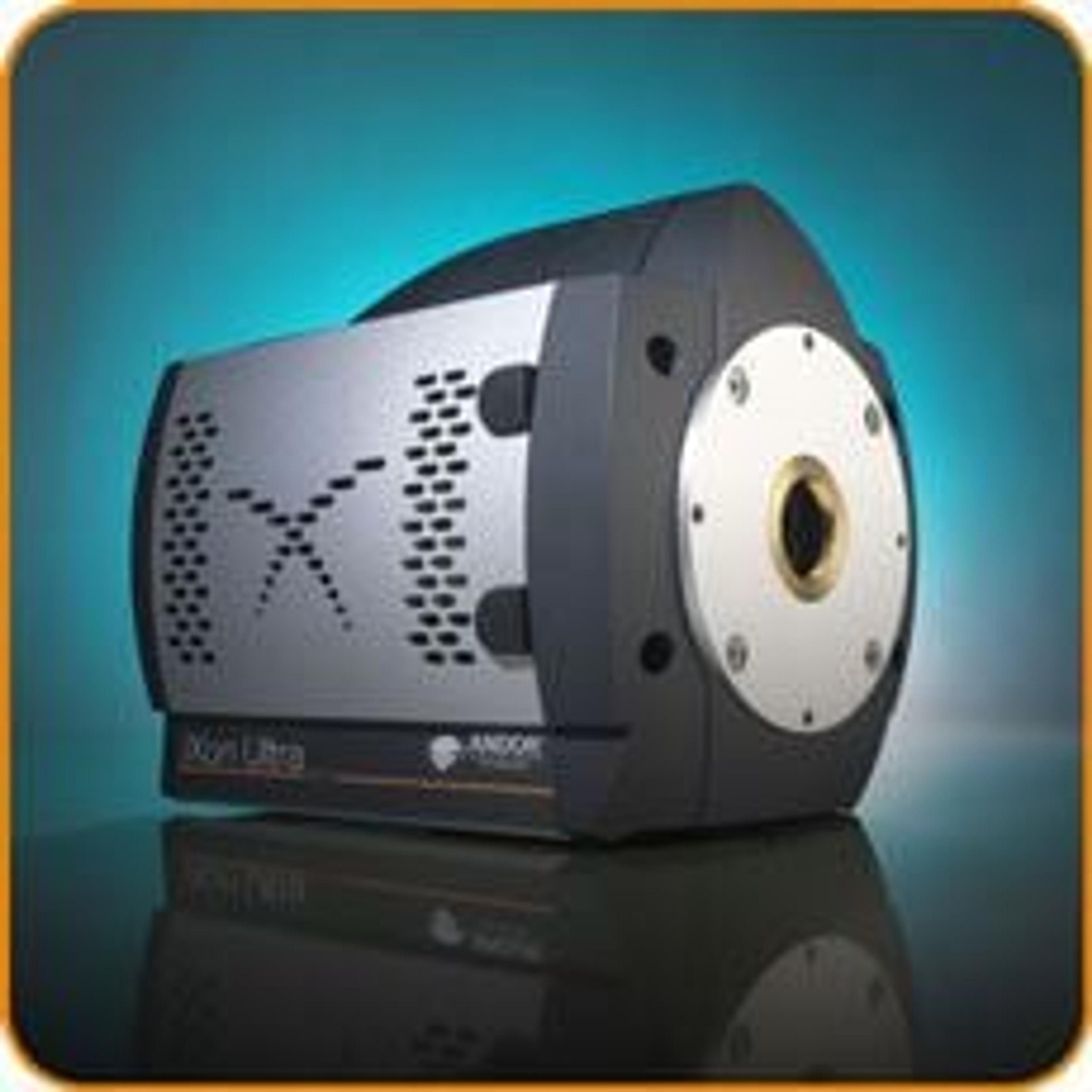Andor Congratulates Nobel Prize Winners
19 Oct 2014
This year the Nobel Prize for chemistry was awarded to three researchers who laid groundwork to a now-booming field of super-resolution fluorescent microscopy. WE Moerner, Eric Betzig and Stefan Hell have worked on novel ways of using classical fluorescent microscopy to tackle the Abbe diffraction limit of optical resolution, which defines what we can resolve with a light microscope.
The Abbe limit means that it is not possible to glimpse at objects closer to one another than approximately 200 nm or two hundred billionths of a meter. However, the vast majority of cellular events happening on the molecular level take place at distances of tens of nanometers and below which is 10-to-100-fold smaller than what a light microscope can resolve. The three Nobel laureates have looked into addressing this challenge since the1990s and it became increasingly plausible that the Abbe limit may eventually be circumvented. This was achieved by the combination of the developments in fluorescent labeling, rapid and sensitive imagers (primarily EMCCD sensors) as well as modification of existing optical microscopes and laser systems
Fast imaging cameras were instrumental in several super-resolution experiments and allowed the researchers to collect the hundreds of thousands of images often needed to create one set of super-resolved images of cells' interiors. Andor Technology has long been involved in collaboration with all three researchers at the forefront of topics related to optimization of imaging cameras deployed for super-resolution microscopy. All three Nobel prize winners used Andor EMCCD cameras in their super-resolution research and the collaboration between them and Andor resulted in faster, lower-noise, single photon-sensitive scientific cameras that became the imagers of choice for the majority of researchers in this field.
Thanks to the combined work of WE Moerner, Eric Betzig and Stefan Hell we are now able to obtain insights into intracellular structures like cytoskeleton, vesicles (transport organelles) and mitochondria (cell's power plants) at an unprecedented sharpness, contrast and clarity. This Nobel prize crowns a body of work that is just the beginning and may open new research fields leading to significant progress in nanotechnology, biotechnology and molecular medicine by allowing access to what Richard Feynman famously alluded to as "plenty room at the bottom" in his 1959 nanotechnology lecture.
The Abbe limit means that it is not possible to glimpse at objects closer to one another than approximately 200 nm or two hundred billionths of a meter. However, the vast majority of cellular events happening on the molecular level take place at distances of tens of nanometers and below which is 10-to-100-fold smaller than what a light microscope can resolve. The three Nobel laureates have looked into addressing this challenge since the1990s and it became increasingly plausible that the Abbe limit may eventually be circumvented. This was achieved by the combination of the developments in fluorescent labeling, rapid and sensitive imagers (primarily EMCCD sensors) as well as modification of existing optical microscopes and laser systems
Fast imaging cameras were instrumental in several super-resolution experiments and allowed the researchers to collect the hundreds of thousands of images often needed to create one set of super-resolved images of cells' interiors. Andor Technology has long been involved in collaboration with all three researchers at the forefront of topics related to optimization of imaging cameras deployed for super-resolution microscopy. All three Nobel prize winners used Andor EMCCD cameras in their super-resolution research and the collaboration between them and Andor resulted in faster, lower-noise, single photon-sensitive scientific cameras that became the imagers of choice for the majority of researchers in this field.
Thanks to the combined work of WE Moerner, Eric Betzig and Stefan Hell we are now able to obtain insights into intracellular structures like cytoskeleton, vesicles (transport organelles) and mitochondria (cell's power plants) at an unprecedented sharpness, contrast and clarity. This Nobel prize crowns a body of work that is just the beginning and may open new research fields leading to significant progress in nanotechnology, biotechnology and molecular medicine by allowing access to what Richard Feynman famously alluded to as "plenty room at the bottom" in his 1959 nanotechnology lecture.



